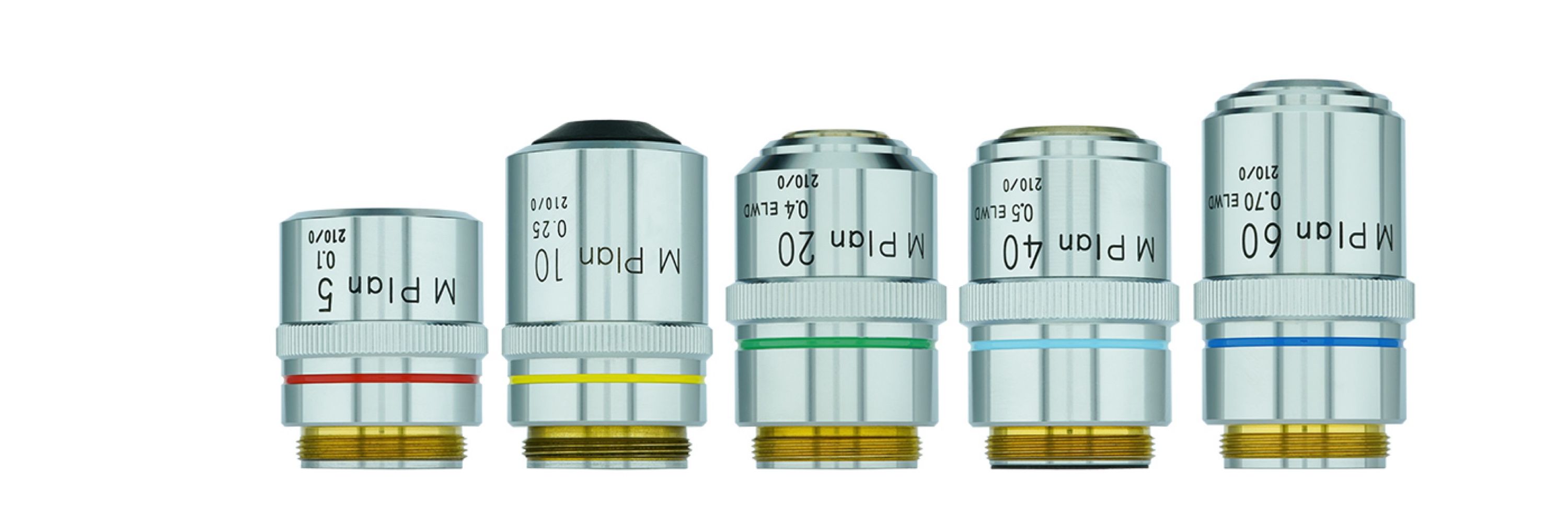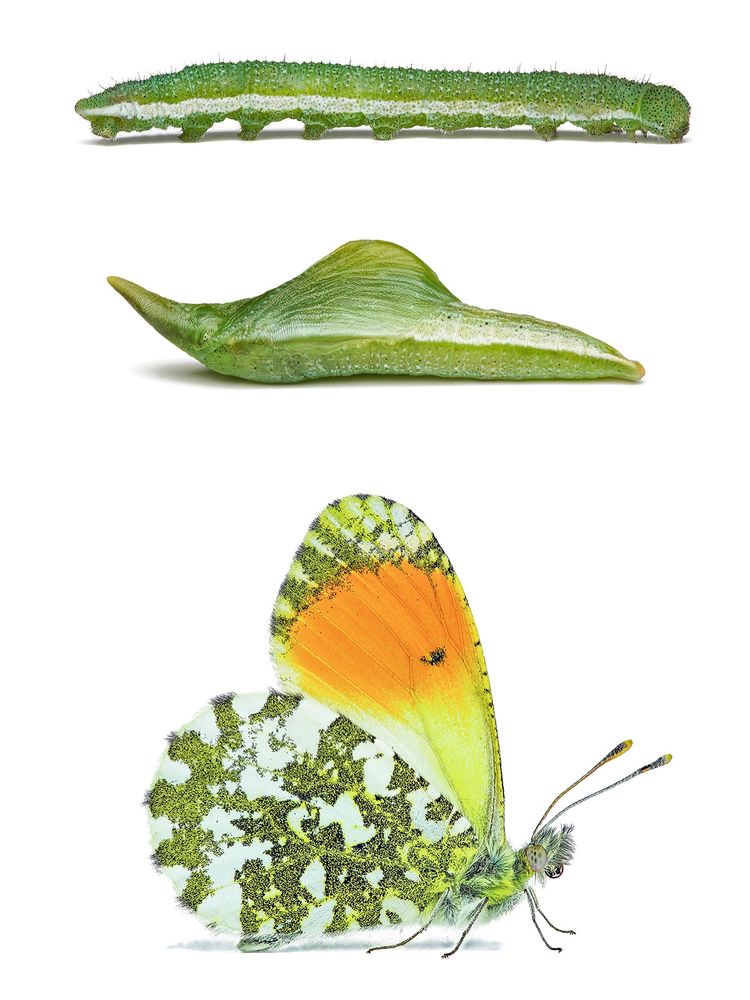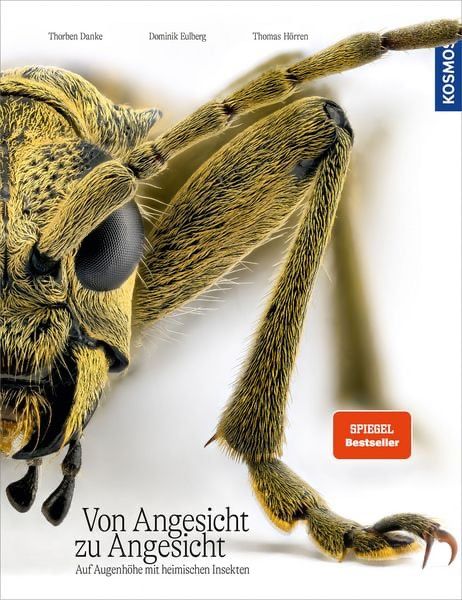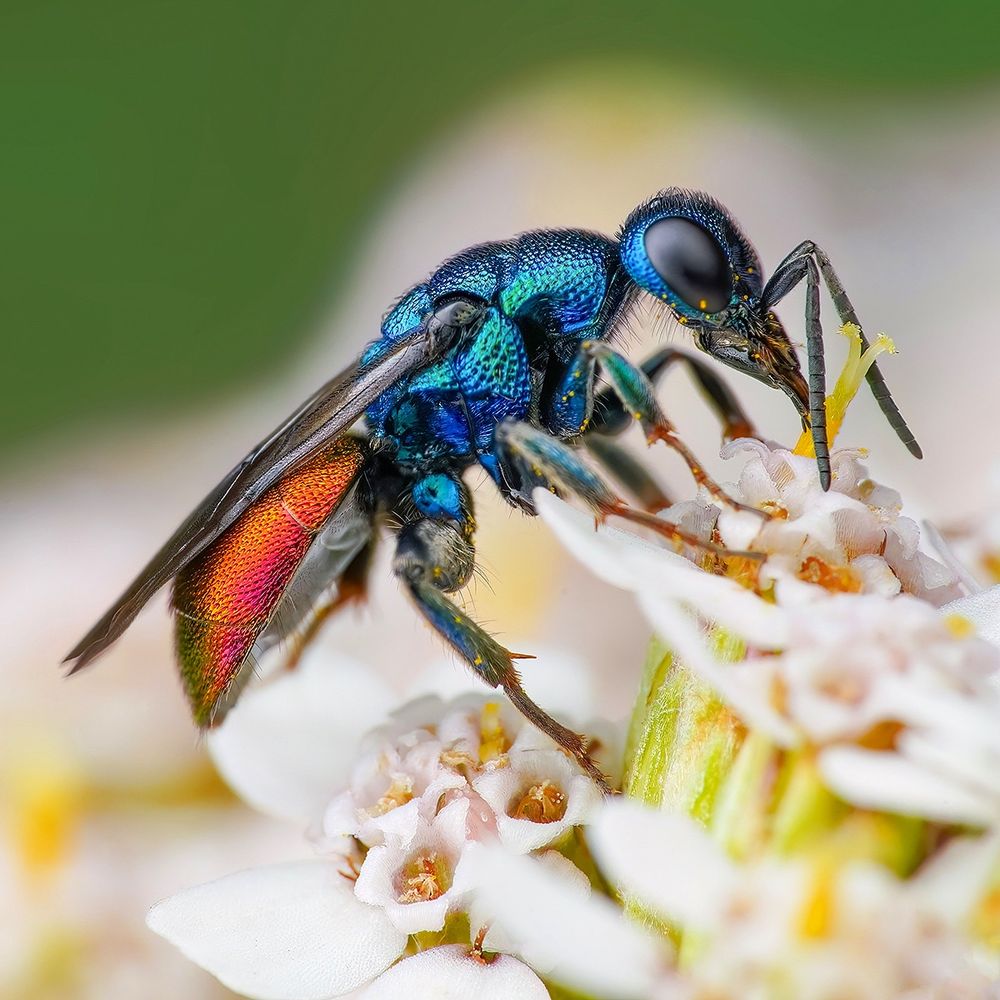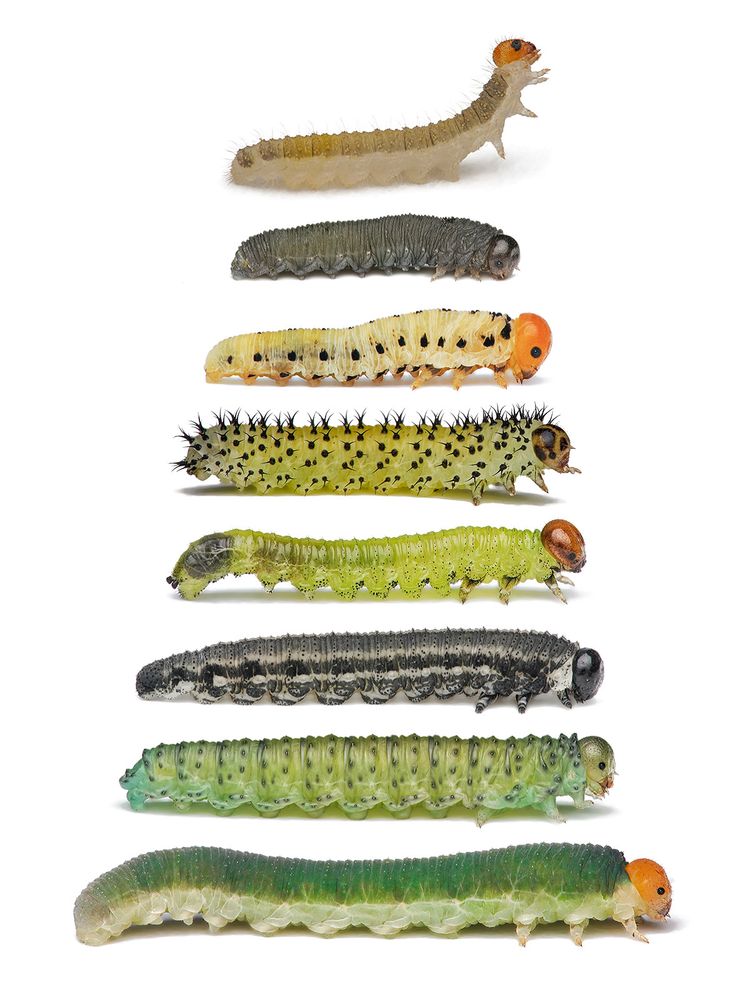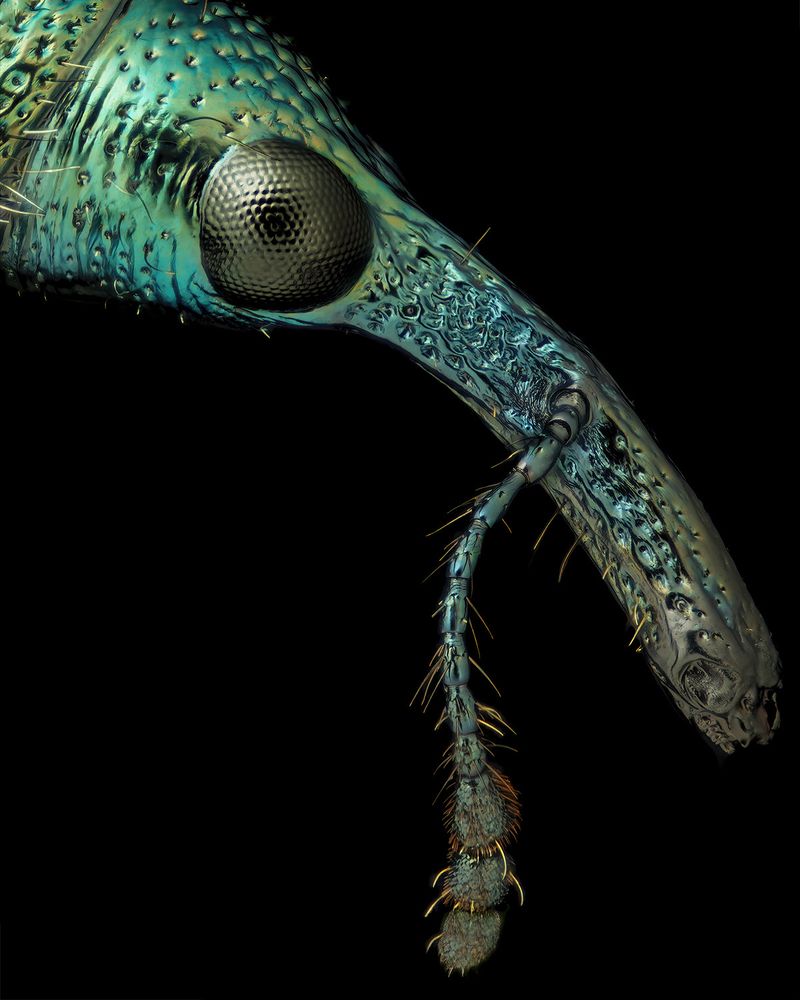Thorben Danke
@sagaoptics.bsky.social
1.5K followers
58 following
220 posts
Alles Insekten (ohne KI)
Autor bei Rheinwerk & Kosmos
📸Nat.Geographic, Netflix, Nikon, Zeit, Spiegel, BigPicture, Smithsonian, BBC, Geo, Wash.Post
Posts
Media
Videos
Starter Packs
